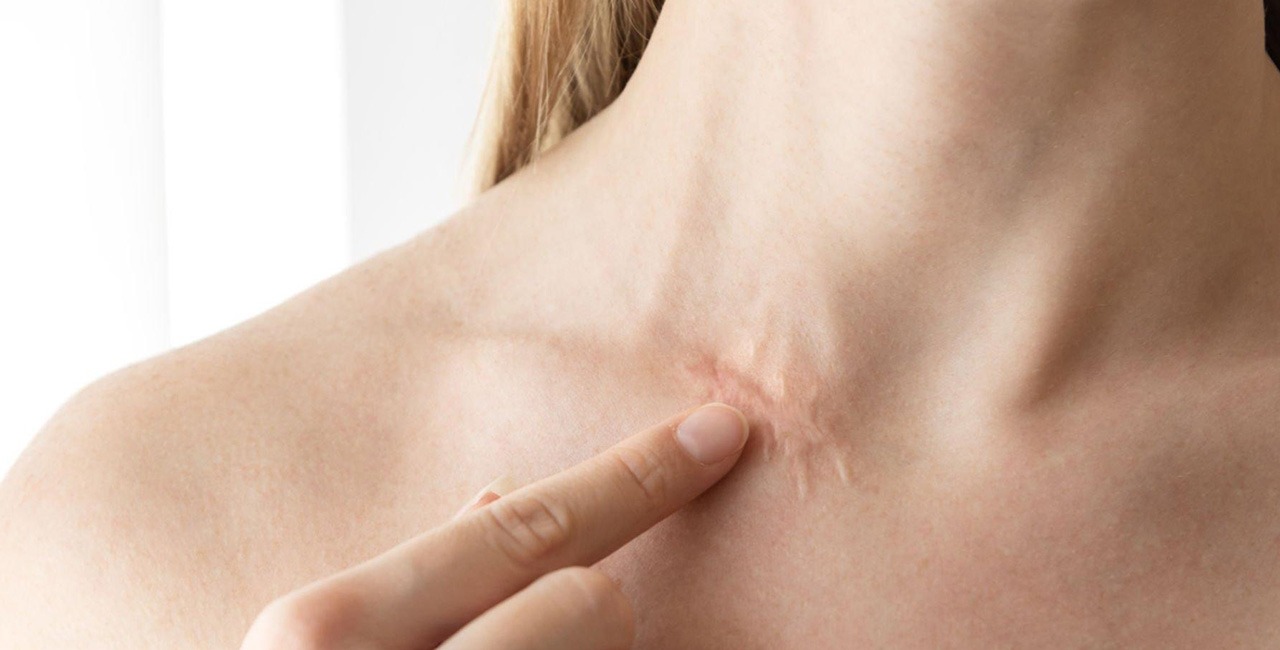Scar revision is a cosmetic or reconstructive surgical procedure aimed at improving the appearance, texture, or function of an existing scar. It involves techniques to minimize the visibility of scars resulting from surgery, injury, burns, or other traumatic events.
What is Scar Revision?
Scar revision encompasses various surgical and non-surgical methods to address undesirable scars. The procedure can include excising, repositioning, or modifying the scar tissue to create a more aesthetically pleasing and less noticeable outcome.
Benefits of Scar Revision
1. Improved Scar Appearance:
- Scar revision can make scars less visible, narrower, and lighter in color.
2. Enhanced Texture:
- It can improve the texture of the scar, making it smoother and less raised.
3. Restored Function:
- In some cases, scar revision can restore normal function to an area that has been affected by restrictive scar tissue.
4. Boosted Self-Esteem:
- Many patients experience increased self-confidence and improved body image.
Treatment Process
At ZenKai, our Scar Revision procedures are meticulously designed to prioritize your comfort and satisfaction throughout the process. Here’s an overview of what you can expect:
1. Consultation:
- The process begins with a consultation with a board-certified plastic surgeon or dermatologist. Patients discuss their goals, concerns, and expectations for the procedure.
2. Anesthesia:
- Scar revision procedures are typically performed under local anesthesia or with the use of topical anesthesia, depending on the specific technique and location of the scar.
3. Procedure Selection:
- Excision: The surgeon may remove the old scar tissue and close the incision with fine sutures to create a thinner and less noticeable scar.
- Z-Plasty or W-Plasty: These techniques involve making additional incisions to reposition the scar in a way that aligns with natural skin lines, making it less visible.
- Dermabrasion or Laser Therapy: Non-surgical methods like dermabrasion or laser therapy may be used to resurface the scar tissue, improving texture and color.
- Steroid Injections: For hypertrophic or keloid scars, corticosteroid injections can help reduce inflammation and minimize raised scar tissue.
- Silicone Sheets or Gels: Topical treatments like silicone sheets or gels may be recommended for at-home scar management.
4. Sutures and Healing:
- After the necessary adjustments are made, incisions are closed with sutures or other closure methods. Patients receive post-operative instructions for proper healing and scar care, which may include the use of scar creams, sun protection, and regular follow-up appointments.
Results and Duration
Scar Revision treatments at ZenKai offer remarkable improvements in the appearance of scars, helping you regain confidence in your skin. Learn more about the expected results and duration of this procedure.
1. Results:
- Results of scar revision become noticeable as the healing process progresses. The final outcome is a scar that is less noticeable, lighter in color, and often more closely matches the surrounding skin.
2. Duration of Results:
- The duration of results varies depending on the specific technique used and the individual’s skin type. In most cases, the improvements achieved through scar revision are long-lasting. However, it’s important to follow post-operative care instructions to optimize the results and minimize the risk of future scarring.
